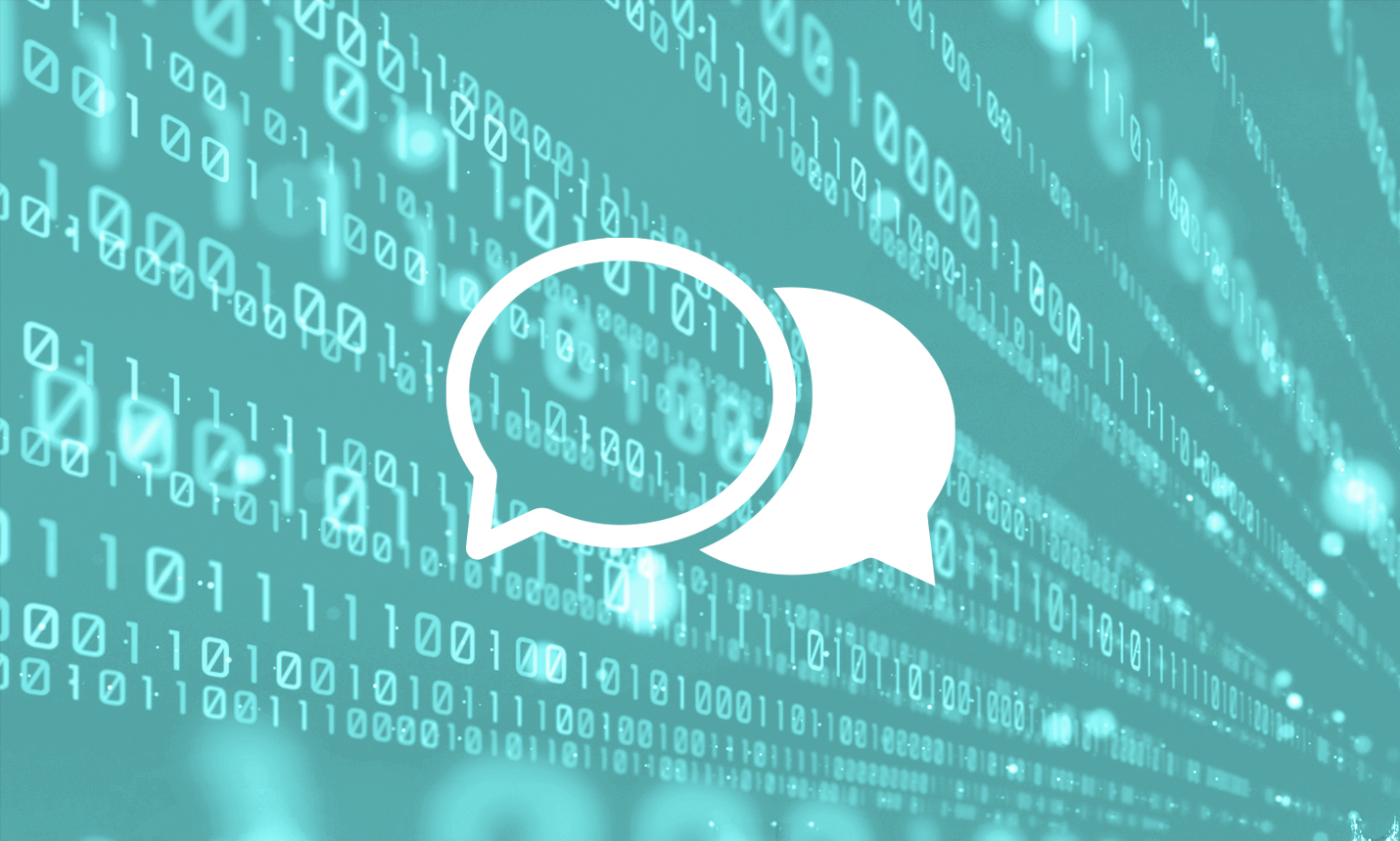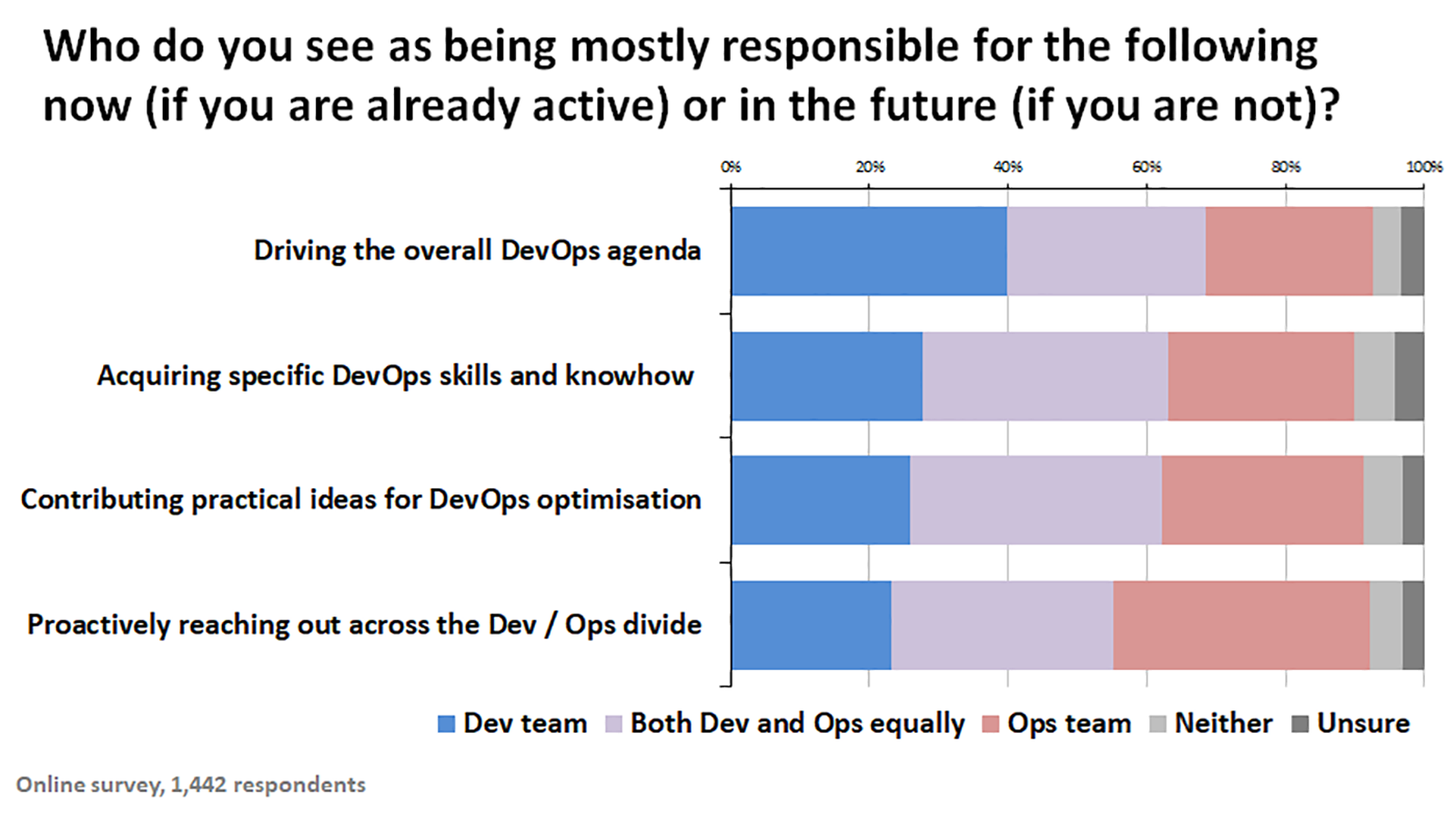
Every January marketing professionals in all industries attempt to label the twelve months to come as “The year of the” next marketing hype. In IT in recent times we have had people forecasting that we were entering the year of VDI, cloud, big data and ‘software defined’ storage, networks or even entire data centres. Luckily, I have a natural immunity to hype of all forms, so what is likely to happen in a data centre near you in the coming months?
The first thing to say is that 2016 is unlikely to bring major revolution into many, if any data centres. Instead, every data centre will continue to evolve down its own, specific path. The main thing to note, however, is that a number of developments in technology and business means that this could make 2016 the year when the proverbial flapping of the butterfly’s wings has major repercussions down the line, possibly on the other side of the hot isle, maybe in your data centre on the other side of the globe.
Consider the potential chaos caused by an apparently simple flap of the IT butterfly’s wings if the application or virtualisation team make a simple request for the facility to self-provision storage so they don’t have to keep running to the storage team.
This results in a need for flexible storage pooling, which in turn leads to the need for a policy-driven QoS management system to ensure less important apps don’t interfere with critical ones. It might also require deploying heterogeneous virtualisation software so you can re-purpose existing hardware. But some old hardware might not work well, or at all in the evolving solution so will need replacing.
Then you realise that the old funding structures don’t handle the shared infrastructure environment because assets are no longer tied to cost centres, so you need to revisit your budgeting and accounting processes …. and so it goes on. That simple request translates to a pretty big re-engineering and transformation project.
So which technologies and IT developments does the research carried out by Freeform Dynamics indicate are going to ramp up in the coming quarters? Let’s start by looking at some of the infrastructure trends.
There is no doubt that data centres are still accumulating storage capacity even as the use of data deduplication and compression technologies expand. A survey we carried out early last year showed that while ‘new’ technologies continue to attract most marketing attention, data centre professionals still expect to be using much of the same type of kit they have been exploiting for years. (Figure 1).  The results in the chart tell the familiar story that while ‘revolution’ makes the headlines, data centres in particular and organisations in general tend to evolve far more slowly. Placing trust in any new technology isn’t easy, but some, flash storage and converged / hyper converged systems for example, are already viewed as more than good enough for broader usage.
The results in the chart tell the familiar story that while ‘revolution’ makes the headlines, data centres in particular and organisations in general tend to evolve far more slowly. Placing trust in any new technology isn’t easy, but some, flash storage and converged / hyper converged systems for example, are already viewed as more than good enough for broader usage.
As we have discussed before, traditional platforms will still be running in data centres many years from now, even if, like tape before them, the precise role they play may change as new solutions grow in use.
New generation offerings such as converged and hyper converged systems are being used ever more widely, but once again, traditional servers will continue to have their place. Few enterprise data centres deliver a small range of homogeneous services, making it likely that while hyper converged and converged systems will be great for many workloads, there will likely be exceptions that have different service requirements giving other server, and storage, systems a role.
What will be seen though, is a desire to make all data centres more responsive to change and far less static in their architectures. This is already placing great stress on management tools and operational processes, many of which have taken years, if not decades, to build and customise. Building data centres able to respond to business needs rapidly requires IT architected on a ‘shared infrastructure’ model. 2016 could well be the year when more and more data centres really adopt shared infrastructure as an operational way of life.
In particular operational processes will change and teams will become better integrated and less specialised. For example, ‘DevOps’ has enjoyed great attention as a means by which organisations can react more quickly to changing business environments. However, most of the perception so far appears to have been focused entirely at things from the ‘Dev’ side of the IT house, whereas a recent research project by Freeform Dynamics shows ‘Ops’ to be equally as important, and Ops teams very active in the adoption of the new way of working. (Figure 2).  These shifts will typically give rise to a need for new or updated management and virtualisation tools, along with corresponding adjustments to delivery and operations processes. Finding the resources and necessary funding will be a challenge unless your decision-making and approval processes are up to it.
These shifts will typically give rise to a need for new or updated management and virtualisation tools, along with corresponding adjustments to delivery and operations processes. Finding the resources and necessary funding will be a challenge unless your decision-making and approval processes are up to it.
For example, the very concept of a shared IT infrastructure will make the need for charge back or at least show back reporting more pronounced. Indeed, the very concept of flexible, highly responsive IT demands major changes to the way many organisations fund IT and their data centres.
Working out how the business should finance ‘software defined storage’, ‘scale out storage’ and ‘big data’ systems, never mind the use of external ‘on demand’ cloud resources when business needs exceed the ability of shared IT systems to deliver effectively warrants attention.
The requirement for such changes become even clearer when you add the escalating need for security and data protection into the mix, as well as the continuing increase in the use of cloud systems.
Some organisations have already begun to transform their data centres in a pragmatic, step-by-step, fashion. After all, very, very few organisations are able to build new data centres from scratch. Typical first steps include consolidation of applications onto more flexible platforms at the end of life of existing hardware, rationalisation of platforms onto ‘standard systems’ and potentially building an advanced digital nucleus inside the data centre to test new solutions.
Maybe 2016 will see the butterfly’s wings initiate a change in how businesses fund IT and how IT fundamentally works.
Article originally published on DCS UK